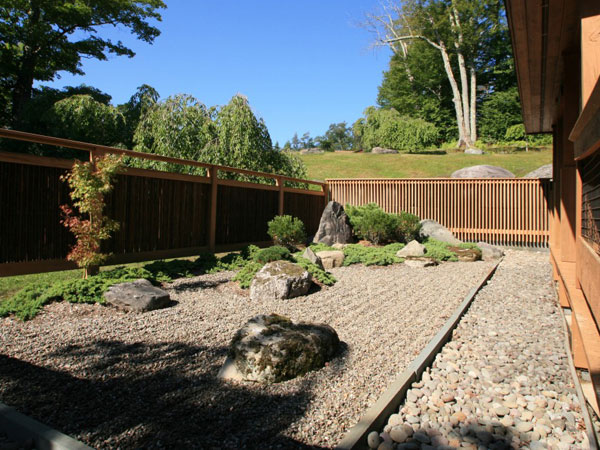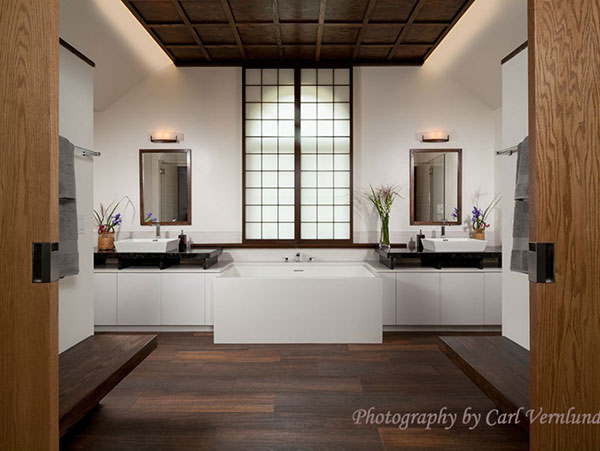Borrowed scenery 2
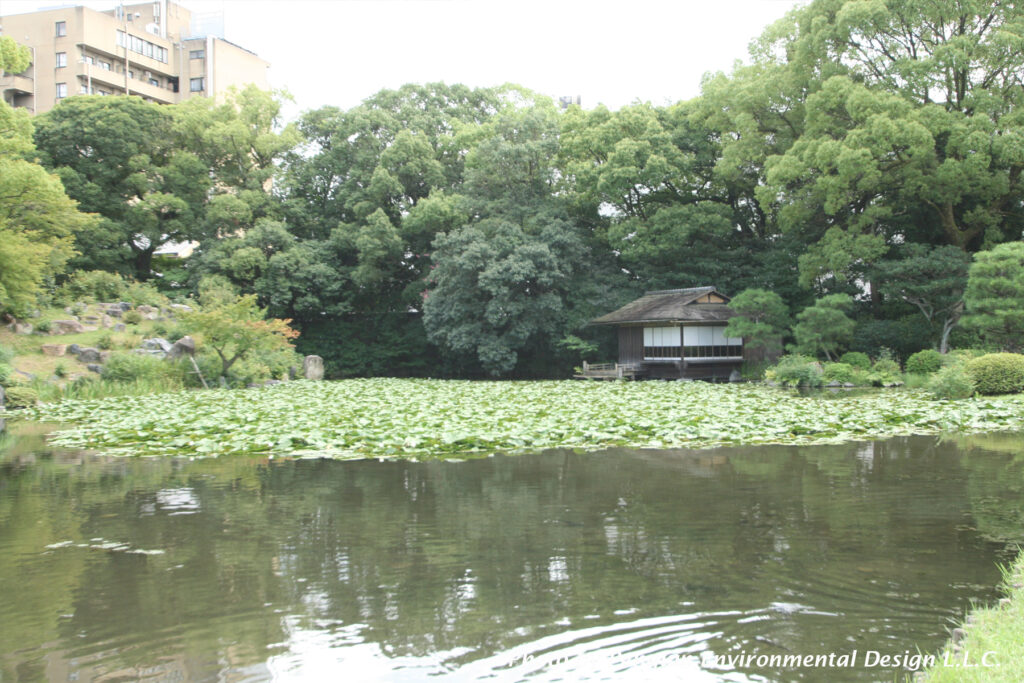
As I mentioned in the previous blog about borrowed scenery, we cannot control the scenery beyond gardens. Your neighbor’s big house might block a nice view. Therefore, this garden technique may not be versatile. We can use borrowed scenery under some limited conditions only. In Kyoto city, there are a lot of Japanese gardens. We […]
Garden for Pure Land
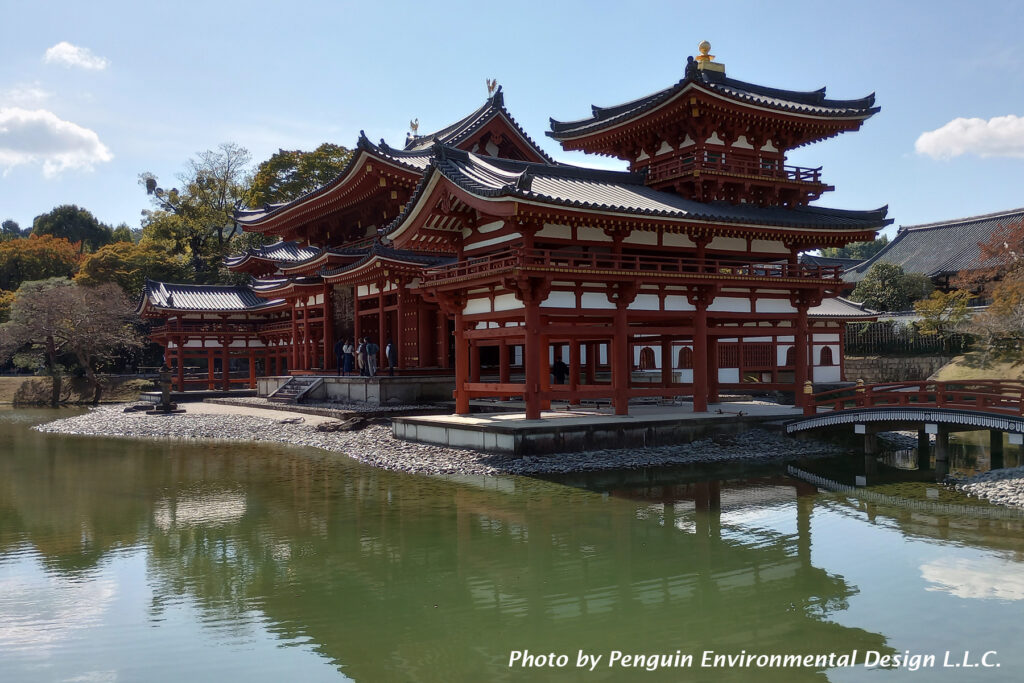
Historically, no matter where it is, some gardens have been the place where people materialize their ideal world. Gardens in Japan are no exception. Buddhism was introduced to Japan in the sixth century. Then, it made people visualize the image of the place where they wanted to be after death. Sukhāvatī, or Gokuraku-Jodo in Japanese, […]
Imperfection in Japanese gardens
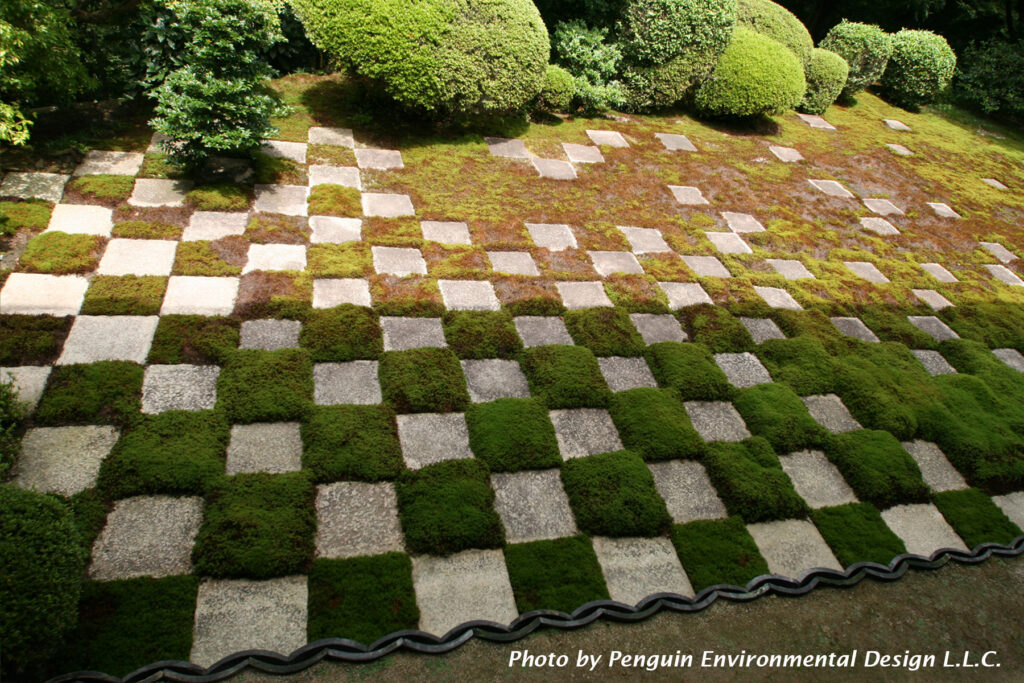
“The flow of the river never ceases, and the water never stays the same…” This is the opening phrase of Hojoki, a famous Japanese essay by Kamono Chomei in the 13 century. Almost all Japanese children learn this in their schools. I think that transience is something that many Japanese hold in their minds, which […]
Shishi-Odoshi as a garden element
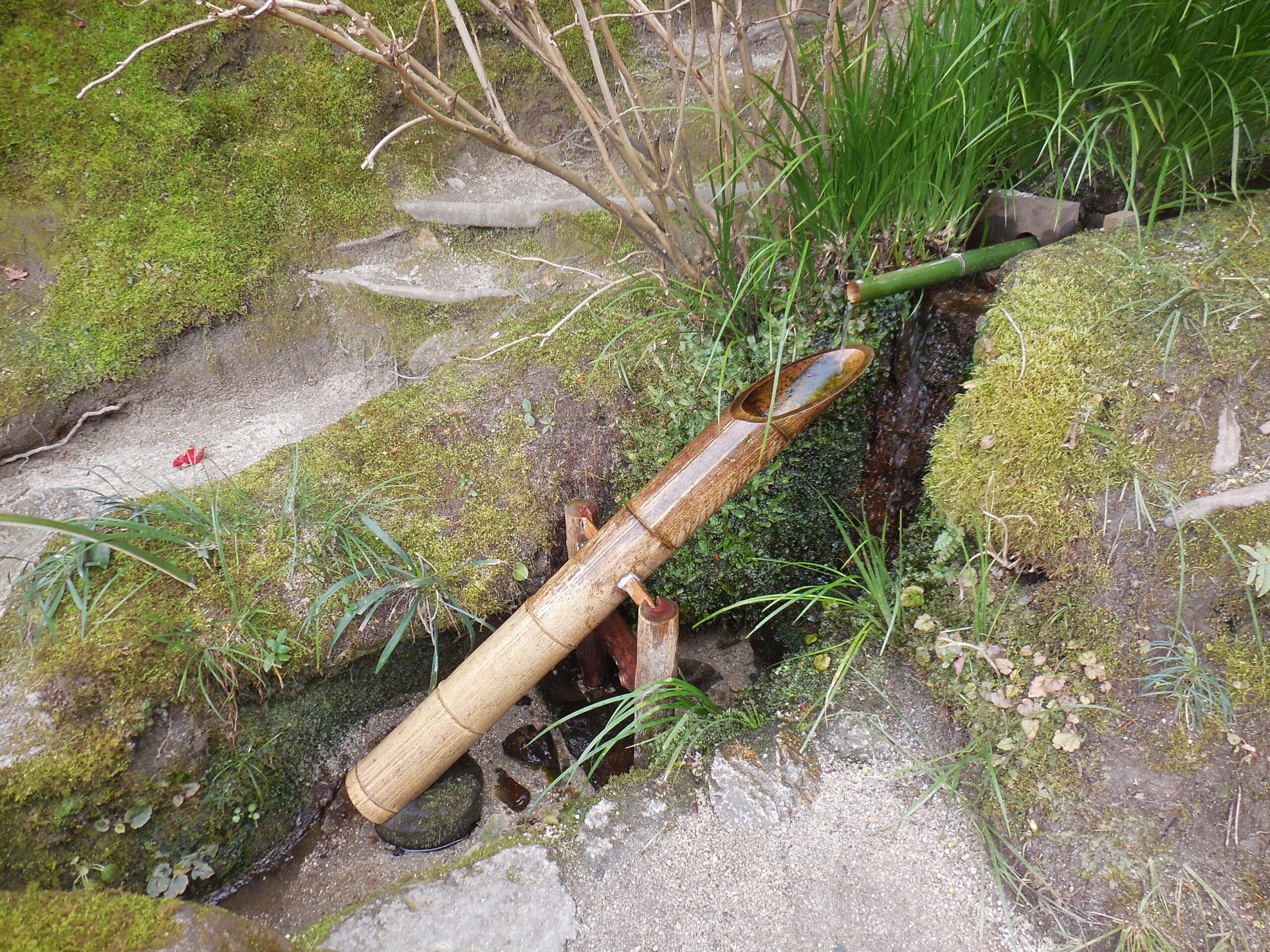
Shishi-Odoshi, or scare-deer is a device to frighten deer away. It is a unique garden element that you can see in residential gardens in Japan now. As you see in the photo below, a bamboo tube is set like a seesaw. when the open cut side has water in, the bamboo tube flips. And then […]
Cheerful Music and Mindful Landscape
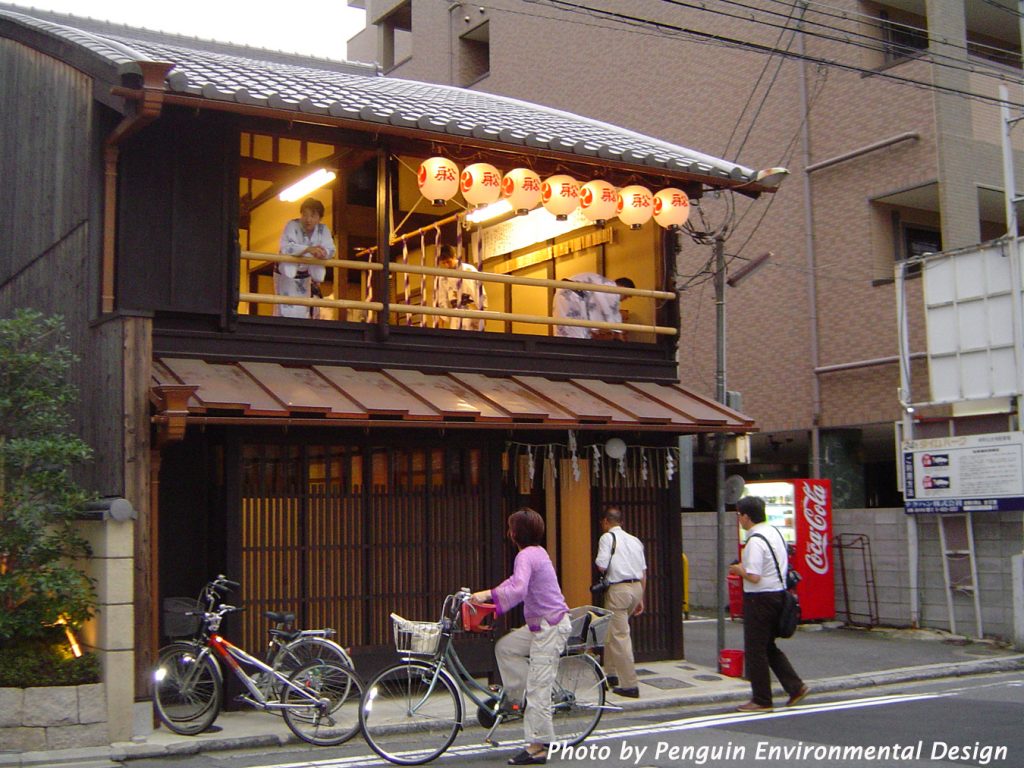
If you are in Kyoto in early July, you hear some lively music every evening at different parts of the town. Neighborhood musicians are practicing traditional instrumental music, Ohayashi, to be ready for their performance on the top of parading floats (Yamaboko) . I was there ten years ago strolling and listening to the tunes, feeling comfortable and calm. […]

